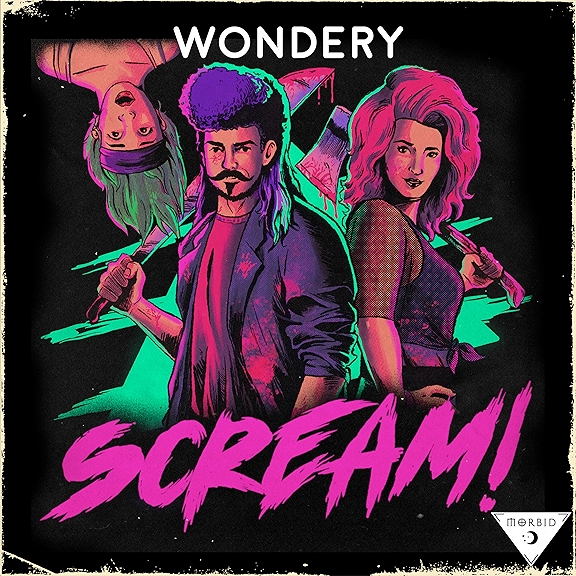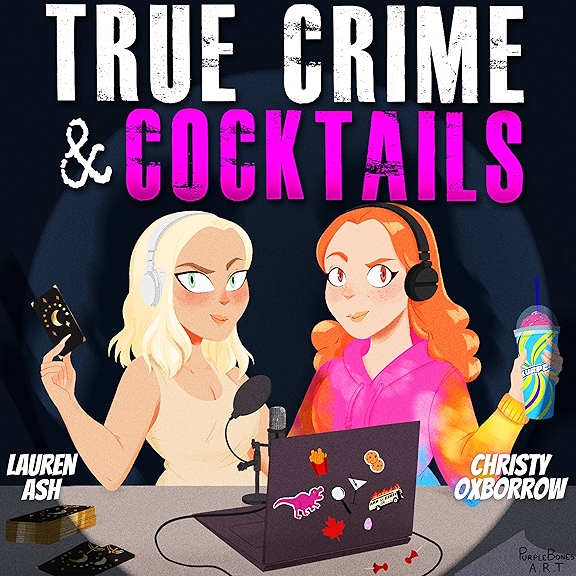
"Dragon Ball Super: Super Hero": a breathtaking new film torn between innovation and nostalgia
The flagship license of Japanese animation offers a facelift in computer graphics while retaining the ingredients that have made it successful for nearly 40 years: fights, transformations and humor. Centered on usually secondary characters, this 21st film enters a new era, without forgetting to pamper the fans of the first hour.
We no longer present Dragon Ball, this franchise which has democratized manga and their animated adaptations in France since the 80s, in the same way as Naruto or One Piece continues to do so today. Thirty-eight years after the release of the first volume and some 260 million copies sold since then around the world, it is with its 21st animated film that the license signed Akira Toriyama returns to the cinema on Wednesday October 5. The French public will have had to be patient to discover this new feature film released in April in Japan, and which has already had time to achieve a hit at the American box office.
For the less initiated, Dragon Ball Super is the direct sequel to the Dragon Ball Z saga, the star anime of the 90s which honored powerful warriors called Saiyans such as the hero Son Goku, his rival Vegeta or his son Son Gohan. It is the latter, who has become an adult and father of a little Pan, who finds himself at the center of the plot of the film. Helped by his mentor Piccolo, he must face a new threat to Earth: the famous Red Ribbon Army has reformed and made new cyborgs, the powerful Gamma 1 and Gamma 2. But their designer, the doctor Hedo, is working in parallel on an ultimate weapon, which would be able to surpass the powerful creations of his grandfather, doctor Gero.
Dynamic combat, epic music
A daring bet that divides the Dragon Ball fan community, the choice of CGI (computer animation or computer-generated images) marks a turning point in the practices of the Dragon Ball Super animated series and the previous Dragon Ball Super: Broly (2018) film. ). The Toei Animation studio, which until now has retained the use of "classic" 2D except for a few sequences, affirms through the film's director Tetsuro Kodama its desire to "innovate and touch a new audience". After a few minutes of adaptation, this technique - democratized for years by the major animation studios like Disney, Pixar and Dreamworks - comes quite naturally to the service of the film. The movements are fluid, the battle scenes dynamic and legible. There is even a better uniformity in the expressions of each character, compared to the feature film released four years ago, which alternated between exceptional shots and other much more mediocre ones.
In terms of satisfaction, the soundtrack is distinguished by a particularly well-controlled orchestration, which brings an epic character to the fights for most of the film. Only the final sequence, though visually successful, would have deserved a more sustained musical accompaniment. A hitch in the dramatic build-up, which also puts serious pacing issues into perspective. Because if the first part has the merit of setting the scene to embark the less initiated, it suffers from lengths which will clearly leave the most skeptical on the sidelines. And this, despite the notes of humor distilled throughout the 100 minutes of viewing.
Nostalgia before originality
As is the case with all licenses that last and bring in a lot, Dragon Ball Super: Super Hero finds itself torn between its need for modernity and its desire to perpetuate tradition. The success of the anime is largely due to the transformations of the fighters, such as the famous Super Saiyan with golden hair. Since then, color changes associated with power levels have made the delight of derivative products from the franchise, at the risk of annoying "purists". This assumed one-upmanship does not spare this new film, to such an extent that it becomes complicated to maintain consistency in the evolution of the heroes.
The nostalgia remains largely there, however, with the backdrop of the good idea of highlighting Piccolo and Son Gohan, usually relegated to the background. There are also (very) many nods to previous adventures, from iconic crystal balls to emblematic places in the Dragon Ball universe, such as the Karin tower or the premises of Capsule Corporation. But we can also regret the systematic "recycling" of the villains who marked the saga, instead of throwing new characters into the deep end. Direct consequence: the scenario has an unfortunate tendency to go around in circles from one adventure to another and struggles to offer prospects worthy of interest for the future. A shame, when you know that the paper manga Dragon Ball Super continues and that new projects are being studied for television and cinema...




















